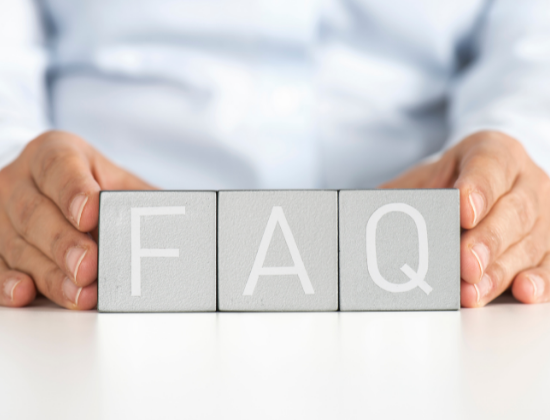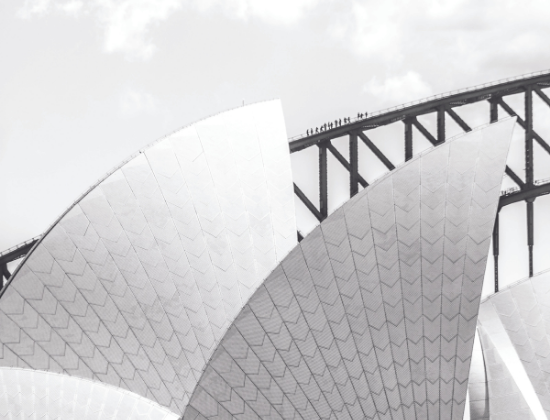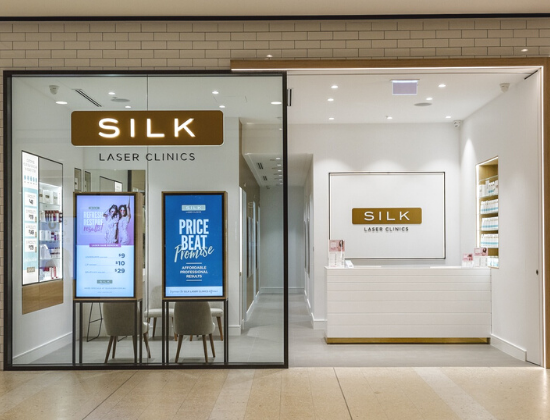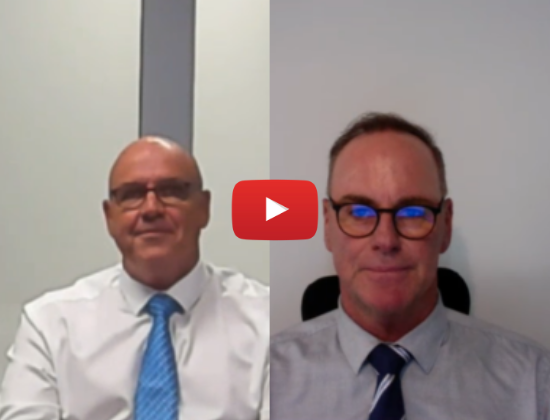In this case study, Vantage Asset Management examines a transaction that highlights opportunities that exist to transform assets that do not form part of a larger organisation’s core strategy.
Turnaround opportunities often represent the higher risk/return opportunities in the Private Equity universe and a distressed business can present a great buying opportunity to a Private Equity manager where they have a unique insight into what the problems plaguing a business are and have a clear thesis on how those problems can be rectified. In a 2016 study by McKinsey “How private-equity owners lean into turnarounds”, a comparison of the performance of 659 Private Equity backed and publicly owned businesses recovering from a distressed situation showed that the Private Equity-backed firms recovered significantly faster than public counterparts. Their study showed that Private Equity backed firms on average recovered their EBITDA margin within 18 months of a negative quarter, much faster than public firms. McKinsey attributed this to Private Equity owners holding management teams accountable for driving a turnaround and the speed at which Private Equity backed firms decide upon and in turn, implement turnaround strategies.
But not all turnaround opportunities come in the form of distressed businesses. Sometimes opportunity comes in the form of an ‘unloved’ or non-core asset within a larger business that is undertaking a strategic change in direction.
Case Study: Best & Less Group
The Best & Less business was founded by Berel Ginges and opened its first store in Parramatta in 1965. Best & Less predominately sold basic products (socks, underpants, tea towels, t-shirts, etc.) and was known for its frugal in-store appearance, with minimal fixtures and an advertising slogan of “You don’t pay for any fancy overheads”. Like most successful Australian retailers at that time, Best & Less opened new stores and transitioned into a national retailer.
In 2012 Best & Less’ (BLG) new owner Pepkor put in place a new management team to reposition BLG and improve financial performance. As part of a renewed focus on product, BLG’s strategy evolved, with the aim to be “famous for the baby and kids’ categories” as well as for underwear. New design, buying and planning capability was added into these functional areas and purchasing directly from manufacturers increased.
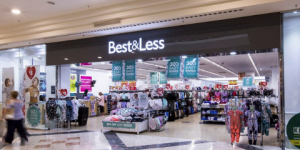
Further transformation of the business progressed from 2016 when the current CEO Rodney Orrock joined the business however after the acquisition of Pepkor by Steinhoff International, Best & Less was integrated into Steinhoff International’s Australian furniture division which included the Freedom Group (which included Freedom Furniture). During this period, BLG operated within a group that had a different focus in respect to strategic, operational and financial outcomes as well as capital allocation. Important elements of the BLG transformation program were put on hold, trading and inventory decisions were affected and sales and profits were adversely impacted, especially in FY19.
Steinhoff International, through its Australian subsidiary Greenlit Brands, divested BLG to Allegro Funds in December 2019 after a strategic review of its holdings. Allegro Funds then put in place an experienced Chair to oversee the delivery of three significant outcomes:
- Separate Best & Less Group from Greenlit Brands and take control of its own strategy
- Accelerate the disrupted transformation program
- Set a more ambitious growth strategy
Transformation
During the period following Allegro Funds’ acquisition, BLG successfully established itself as a standalone business, accelerated its business transformation and traded through COVID-19, during which BLG experienced continued sales growth. This occurred by bringing focus on the following key areas:
- understanding the customer;
- attracting traffic to each channel;
- growing the baby and kids’ categories;
- ensuring that online sales were profitable;
- increasing the Friends Club database while concurrently upgrading the customer relationship management (CRM) capability;
- improving productivity;
- optimising the store portfolio; and
- improving the performance of Postie by introducing the key elements of the Best & Less brand to the Postie offer.
Under Allegro’s turnaround program BLG has repositioned from a discount retailer to a value apparel specialty retailer with a 245-physical store network in Australia and New Zealand and an online platform across its two brands:
- Best & Less (in Australia); and
- Postie (in New Zealand).
With approximately 50% of product sales being in the baby and kids’ categories, BLG aims to be the “Number One” choice for mothers buying baby and kids’ value apparel in Australia and New Zealand. Revenues have increased from $608.7m in FY19 to $663.2m in FY21, which includes a remarkable doubling of online sales in the last two years. More impressively, EBITDA was recently reported at $71.6m for FY21 up from $24.5m in FY19 and an increase of 165.2% for the year. This validates the effectiveness of the changes that Allegro and the management team put in place.
Exit via IPO
In July 2021, Allegro completed the successful exit of BLG via an IPO. Best & Less Group (ASX: BST) listed on 26 July 2021 at a share price of $2.16, giving it a market capitalisation of $271m. Pleasingly BST has continued to perform since listing up 63c from its listing price at the end of August off the back of recent results well in excess of prospectus forecasts. Once fully completed the exit will deliver Allegro fund investors, including VPEG3, with top tier performing returns across a 1.7-year investment period.
Source: Vantage Asset Management





